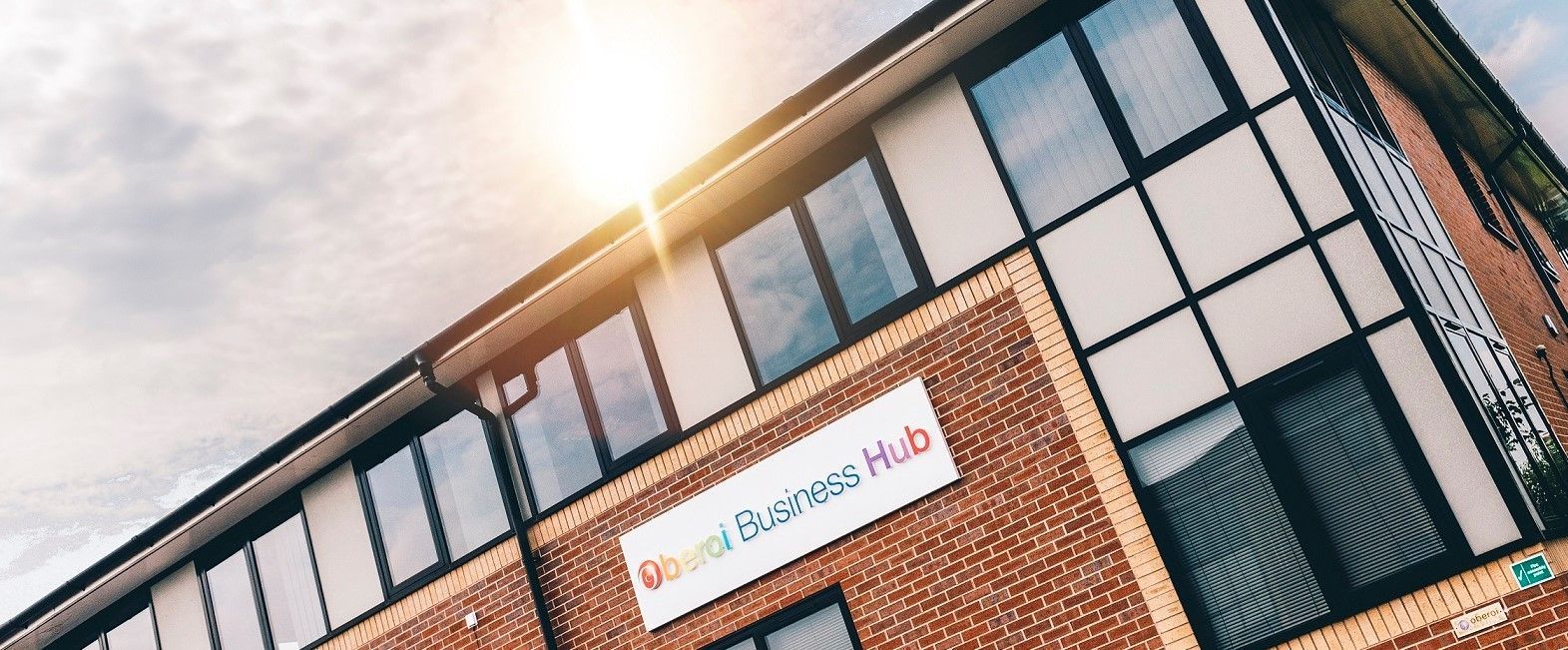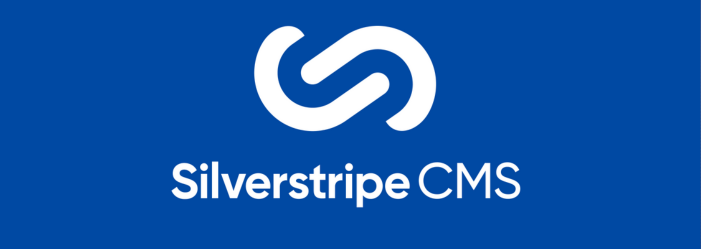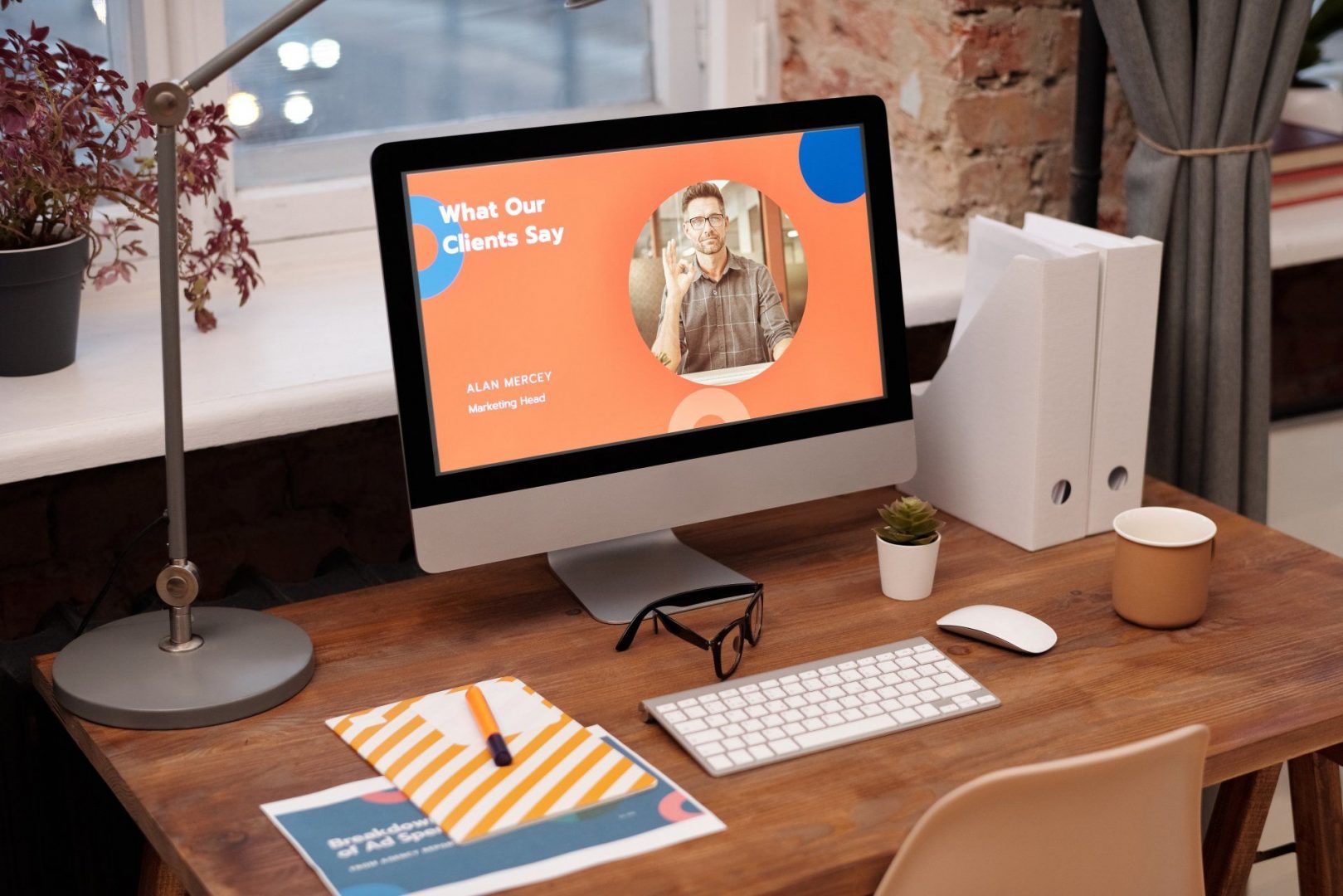Articles

How to get a ReCAPTCHA Key on your website and stop spam
Adding reCAPTCHA to your website is an essential step in protecting it from spam and abuse, particularly on forms like contact pages, login areas, and sign-up sections. At…

10 Tips on How to Choose a Web Designer
Choosing the right web designer is a crucial decision for any business or individual looking to establish or improve their online presence. Your website is often the first…

The Importance of Upgrading to the Latest Version of Magento: Lessons from the Comic Sting Vulnerability
In the world of e-commerce, security is a paramount concern for both businesses and customers. With the rise of sophisticated cyber threats, ensuring that an online store is…

Choosing a Website Host: Key Factors to Consider
Selecting a website host is a crucial decision for anyone looking to establish an online presence, whether for a personal blog, an e-commerce store, or a business website.…

10 Ways To Keep Your Website Secure: Best Practices and Essential Tips
In today’s digital age, having a secure website is paramount. With the increasing sophistication of cyber-attacks, website security is not just a technical issue but a critical business…

Do You Need a Web Designer or a Web Developer?
In today’s digital age, having a strong online presence is essential for businesses and individuals alike. A well-crafted website can serve as a powerful tool for marketing, communication,…

The Benefits of Having a Business in Derby
We started our business in 2006 from a Director’s house between Derby and Burton on Trent in the East Midlands. A few years later, we expanded and moved…

The Cost of Building a Website in the UK in 2024
In 2024, the cost of creating a website in the UK can vary significantly depending on several factors such as the complexity of the site, the expertise of…

The Power of Video Content: Elevating Your Website Experience
In today’s digital age, the way we consume content is evolving rapidly. With the rise of high-speed internet and the ubiquity of smartphones, video content has emerged as…

Why You Should Upgrade from SilverStripe 4 to SilverStripe 5
Should you upgrade from SS4 to SS5? The recent release of SilverStripe 5 has brought a plethora of enhancements and new features that make it a compelling upgrade…

The Power of Explainer Videos: Why Your Website Needs One
In today’s digital age, capturing the attention of your audience is more challenging than ever. With the sheer volume of information available online, standing out from the competition…

The Benefits of Writing Regular Articles for Your Website
In today’s digital age, maintaining a strong online presence is crucial for any business. One effective way to achieve this is by regularly publishing articles on your website.…
